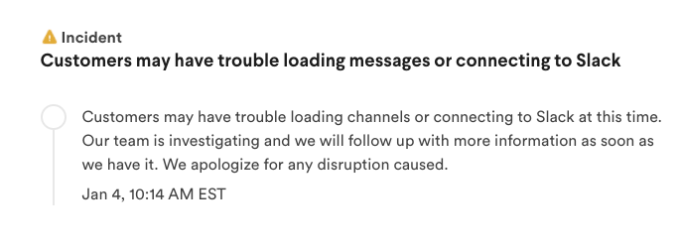News: Discovery+ launches in the US today
The new year is kicking off with the launch of a new streaming service — Discovery+, which offers programming from Discovery’s networks including HGTV, Food Network, TLC, ID, OWN, Travel Channel, Discovery Channel and Animal Planet. Discovery+ actually launched in the United Kingdom and Ireland last fall through a deal with Sky, but the company
The new year is kicking off with the launch of a new streaming service — Discovery+, which offers programming from Discovery’s networks including HGTV, Food Network, TLC, ID, OWN, Travel Channel, Discovery Channel and Animal Planet.
Discovery+ actually launched in the United Kingdom and Ireland last fall through a deal with Sky, but the company is treating today as the big launch, as the service becomes available in the United States.
Despite the crowded field of competing streaming services (including the similarly named Disney+, ESPN+, Apple TV+ and upcoming Paramount+), Discovery+ is aiming to stand out with a focus on documentary and reality content — it bills itself as “the definitive non-fiction, real-life subscription streaming service.”
Plus, it’s priced at just $4.99 per month, or $6.99 if you want to go ad-free. And it will be free to some Verizon and Vodafone subscribers. (Verizon owns TechCrunch.)
At launch, original shows available on Discovery+ include several “90 Day Fiancé” spinoffs, “Amy Schumer Learns to Cook: Uncensored,” “Bobby and Giada in Italy” with Bobby Flay, “House Hunters: Comedians on Couches Unfiltered” (in which comedians watch classic episodes of “house Hunters”), the nature documentary “Mysterious Planet,” “Judi Dench’s Wild Borneo Adventure and a whole lineup of preview episodes for the upcoming Magnolia Network.
Discovery says the service includes more than 55,000 total episodes, with plans to launch 1,000 hours of original in the first year. And the content goes beyond Discovery-owned brands, with nature documentaries from the BBC and programming from A&E, The History Channel and Lifetime.
Discovery+ is available on Amazon Fire TV devices, iOS devices, Google TV/Android TV/Chromecast devices, Microsoft Xbox One and Series S/X, Roku and Samsung smart TVs (2017 and later models). The plan is to launch in 25 markets this year, including the Nordics, Italy, the Netherlands and Spain, as well as parts of Latin America and Asia.
“As we go live with discovery+ today in the U.S., we are thrilled to be working with best-in-class partners to make it available everywhere our fans are,” said Discovery President and CEO David Zaslav in a statement. “Our ambition is simple: bring consumers the definitive and most complete destination for real life entertainment at a price point that makes this the perfect companion for every household’s streaming and TV portfolio. There is nothing like it in the market today.”




